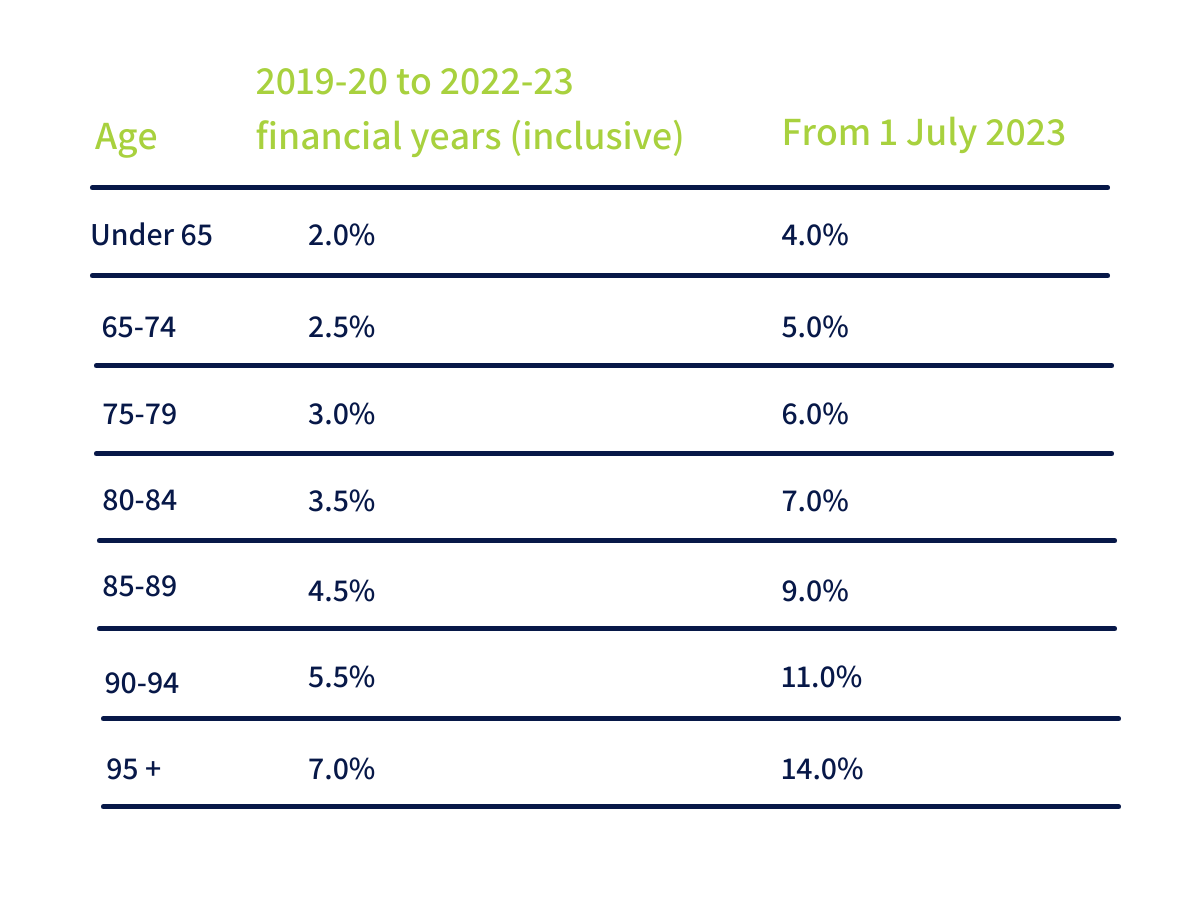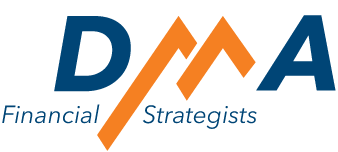Tax
- Temporary fuel price relief
- Cost of living payment
Superannuation
- Small businesses
Training and Technology boost
Jobs
Tax
The government announced it will implement a new one-off ‘Cost of Living Tax Offset’ worth $420 for more than 10 million low-and-middle income earners in the current (2021-22) financial year. When combined with the low- and middle-income tax offset (LMITO), it will mean those earning $48,000 to $126,000 will receive a boost to their tax refunds of $1,500 this year. The LMITO will be paid from 1 July 2022 when individuals submit their tax returns for 2021-22.
Temporary fuel price relief
An immediate 50% fuel excise reduction came into effect from midnight 29 March 2022 and will remain in place for six months. This measure will temporarily reduce the excise on petrol and diesel from 44.2 cents a litre to 22.1 cents per litre.
The Australian Competition and Consumer Commission will oversee monitoring the price behaviours of all fuel retailers to ensure the reduced rates are passed on to the end customer.
Cost of Living Payment
A new one-off $250 ‘Cost of Living Payment’ to help eligible recipients deal with increased living costs will be made in April 2022. This payment will be income-tax exempt, and will be paid automatically to all eligible pensioners, welfare recipients, veterans and eligible concession card holders.
Retirees
The government announced the extension of the current 50% reduction to the superannuation minimum drawdown requirements for account-based income streams for retirees, for a further year until 30 June 2023.
The following table summarises the reduced minimum drawdown rates for account-based income streams:

Small businesses
Several new initiatives are included for small businesses including the changes to the GDP ‘uplift rate’ that is used to calculate quarterly PAYG tax and GST instalments. The rate will be reduced from 10 per cent to 2 per cent for the 2022-23 financial year, which will mean lower instalments payable. If a business’ earnings exceed the amount calculated, it will need to pay the extra tax owed at the end of the financial year.
Training and Technology boost
From 29 March 2022 until 30 June 2024, small businesses with aggregated annual turnover less than $50 million will be able to deduct a bonus 20 per cent of the cost of training for their workers, as well as expenses that boost their use of digital tools.
Training courses must be provided to employees in Australia or online and delivered by training entities registered in Australia.
Every $100 these small businesses spend on digital technologies like cloud computing, cyber security and web design will see them get a $120 tax deduction. The deductions will apply to up to $100,000 of expenditure per year.
Jobs
The government has forecast a low 3.75 per cent unemployment rate before the end of September 2022. In addition to the training boost, there are additional measures to encourage workforce participation, to help address workforce shortages in priority sectors and to create more jobs.
Some of these measures include:
- A $365.3 million investment to support an extra 35,000 apprentices and trainees get into a job, via the extension of the Boosting Apprenticeship Commencements and Completing Apprenticeship Commencements wage subsidies.
- An additional 2,500 in training support places for eligible young apprentices aged 15-20.
- Expanding access to trade support loans to all priority occupations including aged care trainees.
- Additional funding to encourage more women to undertake apprenticeships in male-dominated trades.
- Expanding paid parental leave to integrate Dad and Partner Pay with Parental Leave Pay, and an increased household income threshold of $350,000, to support workforce participation particularly for women who are the primary earner.
Want to know more about these or other measures announced in this year’s Federal Budget? Get in touch with your adviser.
DMA Financial Strategists | 30 March 2022





